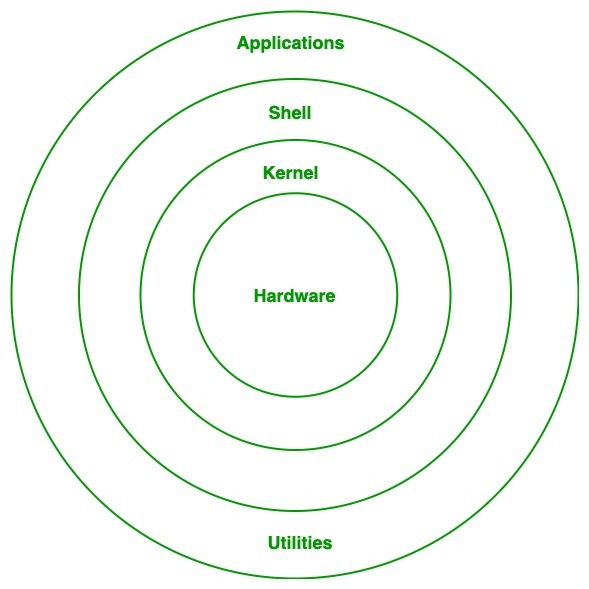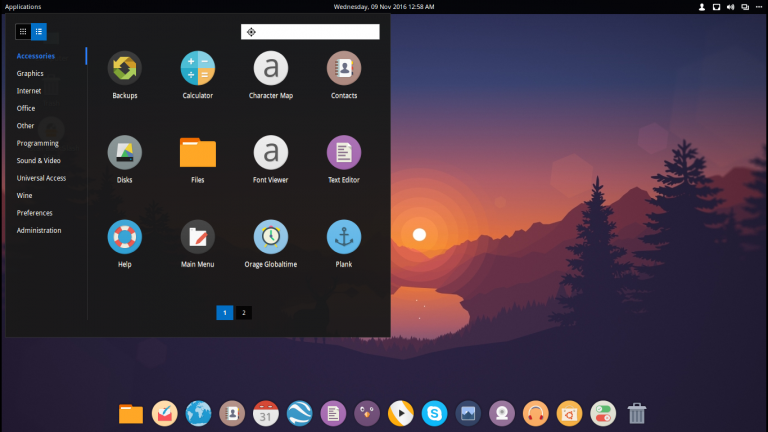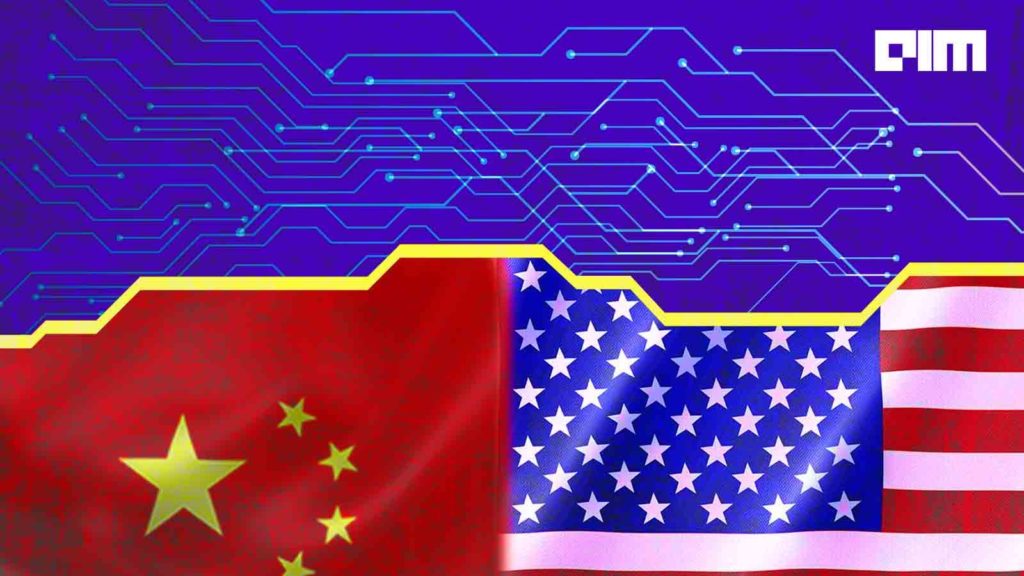|
Listen to this story
|
A quick search on Google tells us that Linux users have a reputation of an elitist and arrogant community. When you type ‘Are Linux users…’ on the search bar, the text prediction throws up adjectives that are far from flattering.
But for ardent fans of the operating system, the attitude is a moot point. And this is simply because nothing else comes close to Linux. The heart of the Linux OS is its kernel. As of November 2022, the world’s most-used operating system, Android, is an OS that uses the Linux kernel and has taken 42% of the global market.
Why you need all 3 operating systems if you're into tech.
— Jack Forge (@TheJackForge) December 5, 2022
macOS: Work
Windows: Gaming
Linux: Telling people that you use Linux.
The omnipresent Linux kernel
The kernel’s significance can be gauged by the fact that it is everywhere. The most impactful of these is its contribution to the infrastructure in modern cloud computing. The OS supports around 90% of the public workload on the cloud, so it wouldn’t be an exaggeration to say that if not for Linux, the cloud as we know it now wouldn’t exist. The OS is scalable enough to handle supercomputers and massive server farms that can function effectively while running on comparatively lighter computing. This is also why prominent cloud providers like Google Cloud, Azure and AWS are all supported by the good old Linux.

Heart of the open-source community
A lot of the fanfare surrounding Linux is because of the concept that the OS was built on. It allows a free and open source operating system to be refined and repeated across any number of contributors. More astonishing is the fact that Linux was released thirty years ago and still remains as relevant, if not more. Since it was designed in a way that it could be changed and updated by the open-source community, one can’t really peg an expiration date to the OS. Users can fine-tune their systems to support their applications and can improve the functionality of the applications that are running.
This free space of sharing ideas that is hailed by the open-source community of software developers, Linux has become the heart of this philosophy. Enterprise-level companies use Linux distributions instead of proprietary Unix operating systems for more stability and less downtime. Linux systems are also malleable enough to be as small or as large as users want so it has also entered our homes via smart devices and our mobile phones as well.
More accessible
As ‘elitist’ the community members can be accused of being, learning Linux has also become considerably easier over the years. When it first came around, students and software developers faced a steep learning curve with fitting Linux to their machines which formed an entry barrier for beginners. But with time, online classes and forums have made it accessible to even the average person on the internet.
For AI/ML experts, Linux has been the focus of high performance computing as most high performance libraries at various points of the ML software stack have been written with their focus around Linux. Windows support is erratic by comparison and at times completely absent. Case in point, even NVIDIA does not fully support Windows with some of its libraries.

Arrogant, but justified?
For these reasons, the Linux community is quick to defend itself.
A developer commented on Linux’s benefits after a Twitter thread dedicated to the ego of Linux users made the rounds on the platform, ‘For any programming work, Linux is a lot more ergonomic than anything else. Debian’s apt is a lot nicer to use than brew… And to anyone dissing Linux, Linux and open source software are the backbone of the internet and basically everything you use.’
Another senior software systems engineer at NVIDIA, Bojan Tunguz responded saying, ‘Linux is actually for all the ML/AI work. Nothing else comes even close.’

Most developers then pointed out from personal experience that Linux was lightweight when compared to the ‘fatty’ Windows and even the speed on the MacOS which simply did not compare. “My watershed moment was wasting two days of Python C++ AI on Windows (plus Windows DX is a total trainwreck now). Ending up wasting about a day on MacOS — homebrew is a laggard,” another developer said.
The file system in Linux is also very organised, which in turn makes the read-write operations quick for the users. Windows, on the other hand, has files scattered everywhere users complained.
A Linux user reiterated this on Reddit saying, “Environment control is easier on Linux systems, giving you more freedom to support multiple software stacks simultaneously. This is very helpful when you have more than one project.”














































































